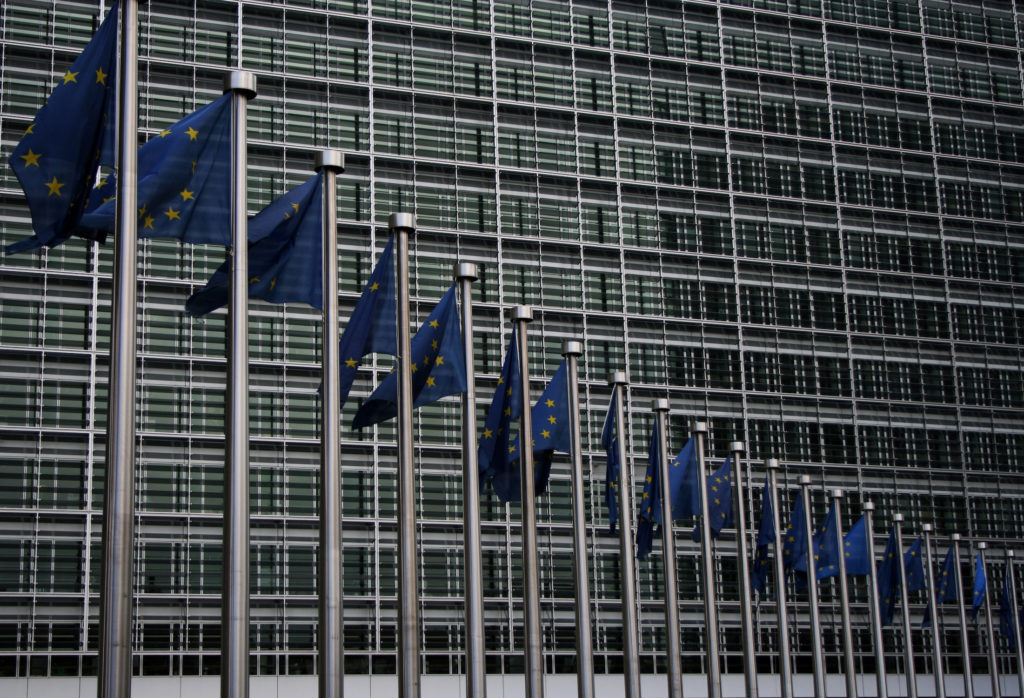
Success or failure? The Kyoto Protocol’s troubled legacy
Twenty-five years of hope and political negotiations, of science, data and denial campaigns to delay and even bury it. A look at the first iconic moment for global climate policy making: what remains of the Kyoto Protocol’s heritage and what lies ahead for international environmental agreements.











